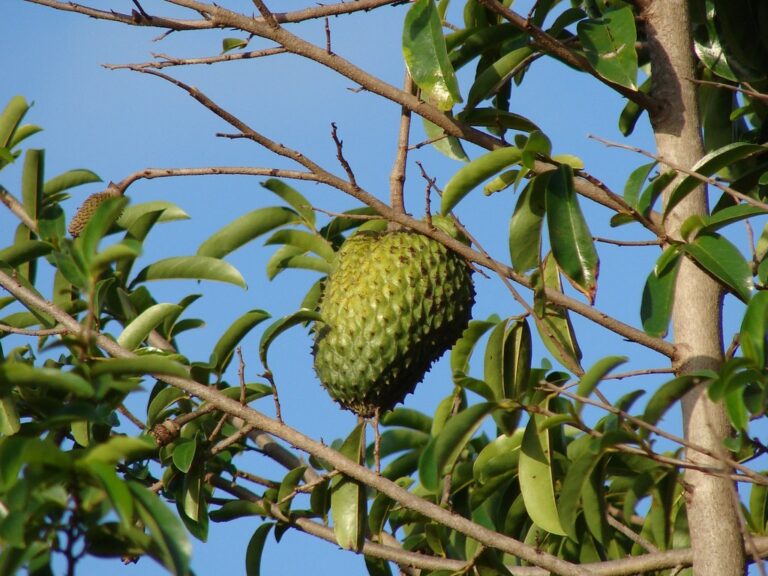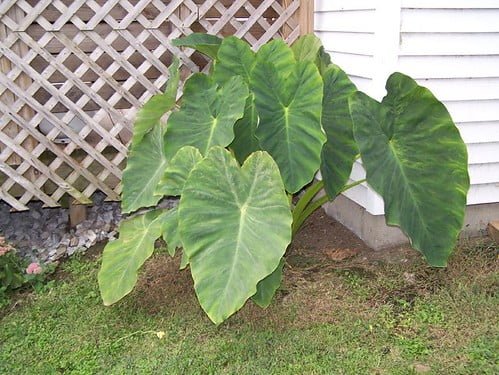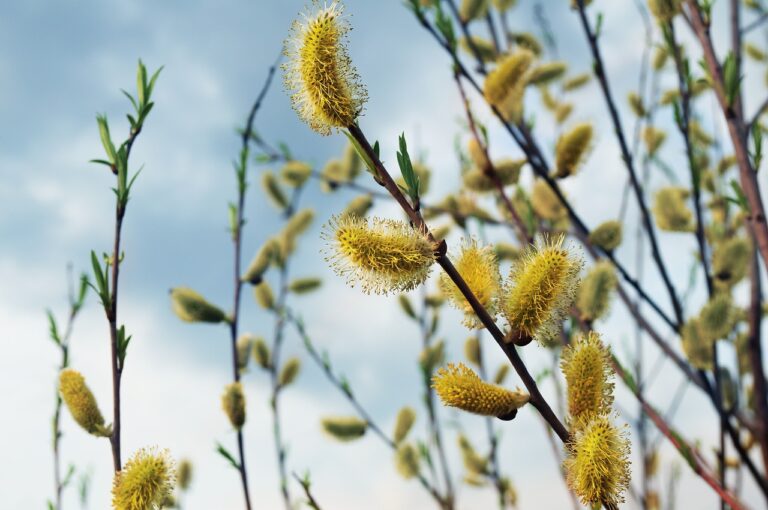Guide to Growing Fruit and Nut Trees: From Apples and Peaches to Almonds and Walnuts
Begin on a fruitful journey growing apple, peach, almond, and walnut trees. Consider climate, pollination, and rootstocks. Match varieties to soil, light, and frost. Check soil, guarantee drainage, and add mulch. Check nutrients, use organic fertilizers, and adjust based on results. Plant in late fall, prune for health, and space correctly. Watch for pests, utilize sprays, and promote beneficial insects. Harvest ripe fruits, maintain health, and mulch regularly. Train young trees early, prune for structure, and guarantee sunlight and air. Master these tips for thriving orchards awaiting your care.
Tree Selection and Varieties
When choosing fruit and nut trees for your orchard, it is important to take into account factors such as climate suitability, chill hour requirements, and disease resistance to guarantee optimal growth and productivity. The varieties you choose will determine the success of your orchard. Think about the climate suitability of each tree variety to make sure it can thrive in your specific region. Some trees, like peaches, require a certain number of chill hours during winter to produce fruit. Disease resistance is critical; select varieties that are known to resist common orchard ailments in your area.
Cross-pollination is another key consideration. Some fruit trees, such as apples and cherries, need cross-pollination with another compatible variety to set fruit. When planning your orchard, pay attention to the need for compatible pollinators to ensure good fruit set. Rootstocks play a crucial role in tree selection, influencing tree size, disease resistance, and overall productivity. Choose rootstocks carefully based on your orchard’s specific needs.
Regional soil conditions, sunlight exposure, and frost hardiness are also important factors to think about when selecting fruit and nut trees. Different regions in North Carolina offer unique soil types, elevations, and weather patterns that will impact your tree selection. By matching tree varieties to these specific conditions, you set your orchard up for success.
Site and Soil Preparation
When preparing a site for fruit and nut trees, it’s important to start with a soil test to determine its fertility. Proper drainage is vital to prevent root diseases and promote healthy tree growth. Sunlight exposure should also be carefully considered to encourage ideal fruit production.
Soil Testing Importance
Ensuring the fertility levels and pH balance of the soil through thorough testing is a essential step in preparing the site and soil for planting fruit and nut trees. Conducting soil tests provides valuable insights necessary for ideal tree growth and productivity. Here’s why soil testing is essential:
- Identifying nutrient deficiencies or excesses that impact tree growth.
- Guiding the application of suitable fertilizers based on tree variety needs.
- Understanding soil composition for creating an ideal growing environment.
- Monitoring soil health changes for informed decisions on long-term tree maintenance and productivity.
Soil testing not only sets the stage for healthy trees but also plays a significant role in ensuring sustained fruit production and overall soil health.
Drainage Considerations
To establish ideal conditions for successful growth, one must first address the site and soil’s drainage considerations when preparing to plant fruit and nut trees. Proper soil drainage is vital as it helps prevent root drowning and infections in these trees. Ensuring well-drained soil is essential, especially in regions with heavy rainfall, to promote healthy tree development. Conducting a soil analysis before planting is essential to understanding soil fertility and drainage capabilities. Mulching around trees can improve soil quality, suppress weeds, and retain moisture, ultimately benefiting tree health and fruit production. Adequate soil drainage facilitates ideal nutrient uptake, reduces disease risks, and supports overall tree vigor in fruit and nut cultivation.
Sunlight Requirements
Proper sunlight exposure is essential for the successful growth and fruit production of fruit and nut trees. Here are some key considerations regarding sunlight requirements:
- Fruit and nut trees thrive in full sunlight exposure, needing at least 6-8 hours of direct sunlight daily for best growth and fruit production.
- Adequate sunlight is vital for photosynthesis, which is necessary for the tree’s energy production and fruit development.
- When selecting a site for planting, prioritize locations with unobstructed sunlight to guarantee healthy tree growth and proper fruit ripening.
- Trees planted in shaded areas may suffer from stunted growth, reduced fruit yield, and increased susceptibility to diseases due to insufficient sunlight.
Nutrient Management and Fertilization
In regards to growing fruit and nut trees, ensuring proper soil nutrient levels is vital for healthy tree growth and fruitful yields. Soil nutrient testing is essential to determine the specific needs of the trees and guide fertilizer application. Exploring organic fertilizer options can provide a sustainable way to enrich the soil and promote the long-term health of fruit and nut trees.
Soil Nutrient Testing
Analyzing soil samples for nutrient levels and pH is vital for optimizing the growth of fruit and nut trees. Proper soil nutrient testing provides valuable insights into the soil’s health, helping to tailor fertilization practices to meet the specific needs of the trees. Here are some key points to keep in mind:
- Soil nutrient testing helps identify deficiencies or excesses that can impact tree health and fruit production.
- Nutrient management based on soil test results plays an important role in ensuring healthy trees with strong growth.
- Fertilization practices should be adjusted based on the soil test report to address specific nutrient deficiencies effectively.
- Regular soil analyses are recommended to monitor nutrient levels over time and fine-tune fertilization strategies for the best tree development.
Organic Fertilizer Options
Utilizing organic fertilizers such as compost, manure, and bone meal is essential for providing fruit and nut trees with the necessary nutrients for robust growth and best fruit production. Compost enriches the soil with organic matter, improving nutrient availability and enhancing soil structure, which is essential for tree health. Manure, a nutrient powerhouse rich in nitrogen, phosphorus, and potassium, supports healthy growth and abundant fruit production. Bone meal, a phosphorus-rich organic fertilizer, is critical for root development and flowering, promoting best fruit set in trees. These organic fertilizers not only improve nutrient uptake but also contribute to soil health, fostering microbial activity and ensuring the long-term sustainability of fruit and nut tree cultivation.
Planting Techniques and Tips
To guarantee successful growth and development of fruit and nut trees, proper planting techniques and attention to detail are essential. Here are some key tips to make sure your trees thrive:
- Timing is essential: Late fall or early winter planting is recommended as it allows the trees to establish roots before the growing season begins, promoting better growth outcomes.
- Correct planting procedures: Pay close attention to the planting process, ensuring the right hole size and proper placement of the graft union. These steps are critical for the overall health and longevity of your fruit and nut trees.
- Regular maintenance: Implement a routine pruning and training schedule to support fruit production and maintain the overall health of your trees. This practice helps shape the tree for the best fruit yield.
- Mind the spacing: Following spacing recommendations is crucial for healthy growth and maximizing fruit production. Proper spacing allows each tree to receive adequate sunlight, nutrients, and airflow.
Pruning and Training Practices
Properly pruning and training fruit and nut trees is key to maximizing their growth potential and fruit production. Pruning plays a critical role in shaping the trees, promoting better structure and overall health. Techniques such as limb bending and heading cuts are essential for directing tree growth in the desired manner. By removing dead or diseased wood through pruning, tree health is improved, and the risk of pest issues is greatly reduced.
When it comes to training practices, starting early with young trees is vital. Proper pruning techniques during the early stages help establish strong frameworks that support healthy growth in the future. Regular pruning not only guarantees ideal sunlight penetration but also promotes adequate air circulation, contributing to the tree’s vitality. By maintaining a balanced canopy through pruning, the tree can efficiently photosynthesize and produce quality fruits and nuts.
Incorporating effective training practices and consistent pruning schedules not only boosts fruit production but also fosters the overall health and longevity of fruit and nut trees. It is crucial to understand the specific needs of each tree type to tailor the pruning and training techniques accordingly for the best results.
Pest and Disease Control
Regular monitoring for signs of pests and diseases in fruit and nut trees is vital for early detection and treatment. To effectively control common pests and diseases in orchards, implementing integrated pest management strategies is essential. Here are some key practices to ponder:
- Utilize Dormant Oil Sprays: Dormant oil sprays are a valuable tool in managing overwintering insects such as mites, scale, and aphids on fruit trees. Applying these sprays during the dormant season can help prevent infestations before they become problematic.
- Regular Monitoring: Keep a close eye on your fruit and nut trees for any signs of pests and diseases, such as leaf discoloration or unusual growths. Early detection through regular monitoring allows for prompt intervention and treatment.
- Implement Cultural Practices: Cultural practices like proper pruning, adequate watering, and soil management are crucial for maintaining tree health and resilience against pest and disease attacks. Healthy trees are better equipped to withstand infestations.
- Encourage Beneficial Insects: Beneficial insects like ladybugs and lacewings can act as natural predators to harmful pests in your orchard. Creating a welcoming environment for these beneficial insects can aid in natural pest control and reduce the need for chemical interventions.
Harvesting and Maintenance Tips
Tracking the best timing for harvesting and carrying out necessary maintenance practices for fruit and nut trees guarantees the ongoing health and productivity of your orchard. Pruning your fruit and nut trees in late winter or early spring is vital for stimulating ideal growth and fruit production. Regular monitoring of tree health throughout the growing season is essential to catch any signs of pests, diseases, or nutrient deficiencies early on.
When it comes to harvesting, make sure to pick your fruits when they are fully ripe. This can be determined by gently twisting or cutting them from the tree. Proper maintenance also involves mulching around the base of trees regularly. Mulch helps retain moisture, suppress weeds, and provide insulation to the roots, promoting overall tree health.
Consider using organic fertilizers and pest control methods to sustain your trees’ health while minimizing environmental impact. These methods are not only beneficial for the trees but also for the ecosystem as a whole. By staying on top of maintenance tasks like pruning, monitoring, harvesting at the right time, mulching, and using organic solutions for fertilizing and pest control, you can guarantee that your fruit and nut trees thrive for years to come.






